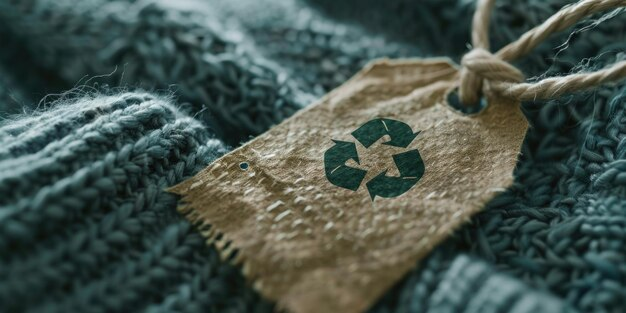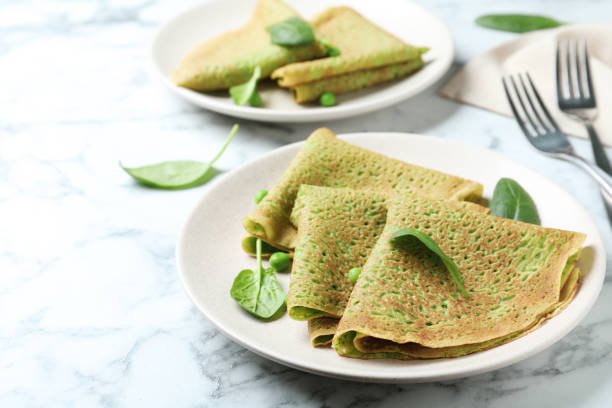Among numerous industries, there is none as fast with change and progressing to keep up with consumers as fashion. Yet, while this growth requires a big environmental cost, sustainable fashion has begun to rise. So what is the sustainability of fashion? How is it different to more traditional clothing production ways, and why should we? This guide answers these questions and puts sustainable fashion into perspective, shedding light on why it is so important, and how it can improve that industry.
What is Sustainability in Fashion?
Fashion sustainability is any practice within the clothing industry designed to limit its environmental impact. It is the reduction of pollution, the conservation of natural resources and ensuring that strict labor standards are met. Time and time again, fashion has had a reputation for its environmentally negative activities, including the use of massive amounts of water in textile production and heaps of waste of fast fashion. To counter these problems sustainable fashion promotes eco friendly materials, fair wages and a low carbon footprint.
It’s not just about wearing organic materials such as cotton or recycled fabrics; the idea of sustainability in fashion goes much further. Holistic, it’s an approach that looks at every element in the supply chain, from where the raw materials are sourced to the way it’s produced to the way it’s distributed, with more responsible intention and practice. That means the clothes don’t just use green materials, but the entire process to produce the clothes is nice and green as well.
Why is Sustainable Fashion Important?
The fashion industry has been one of the world’s largest polluters. Fast fashion—cheap, fast production of clothes—has only made matters worse because it encourages a throwaway culture, in which consumers buy huge quantities, but don’t let them last long. With this disposable mindset, there is massive waste and harm to ecosystems from chemicals and microplastics, but also from excessive water use. Many clothes these days are made from plastics that wash into microplastic pollution according to Imago. Additionally, textiles are highly energy and water intensive with a number of chemicals entering polluted rivers and oceans during their production.
It seeks to turn the tide on these negative trends by promoting higher quality, longer worn garments which are manufactured ethically. The idea is to produce a system where fashion can grow even without ripping our planet apart or wiping people out of existence. At the same time, facilitating such a deeper connection to consumers is an even bigger reason why brands should adopt sustainable practices.
Key Elements of Sustainable Fashion
- Ethical Labor Practices: Ethically treating workers is one of the most important parts of becoming sustainable. Cheap labor in developing countries working under unsafe conditions, and earning wages way below living standards is largely what keeps many fast fashion brands afloat. Fair pay, safe working conditions, and humane treatment of all workers at every stage of the supply chain are the priority for sustainable brands.
- Eco-Friendly Materials: However, environmentally friendly material is another important factor in sustainable fashion. Traditionally, cotton and its derivatives have been some of the most popular fabrics in this world, but these require heavy chemical treatment and large water supplies, making them not ideal. However, organic cotton, recycled polyester and plant based fibers like hemp are fast becoming popular alternatives. They are biodegradable, renewable, and typically less disastrous to the environment.
- Circular Fashion: Circularity is a core idea of sustainable fashion. The garments being designed are to last, hence used, be repaired and eventually recycled in a circular fashion system. Clothes don’t end up in landfills, instead they are given a second lease on life either through upcycling—when old materials are turned into new garments— or recycling, where the fibers are broken down and used again in new products
- Energy Conservation: As a major consumer of energy, not only does the fashion industry also consume energy through transportation, but also manufacturing. Meanwhile, sustainable brands tend to employ energy efficient practices along the way of their production graham, like renewable energy sources, or reduction in water and carbon emissions.
- Transparency: Transparency is the basis for sustainable fashion, with brands disclosing process of manufacturing, supply chains and where materials were sourced. It allows consumers to be better informed about brands they support. Many ethical fashion brands offer great detail about their attempts to improve their environmental footprint as well as foster fair labor practices.
Sustainable Fashion vs. Fast Fashion
To understand sustainable fashion, you need to compare it with fast fashion. Fast is about making cheap, fast-paced clothing, upping production and disposing quickly, degrading the natural world and exploiting labor. High levels of textile waste occur because of the fast fashion model, that is, encouraging consumers to buy more frequently. Off the other hand, sustainable fashion involves quality materials of very long term artwork priced up over continual purchases.
Fast Fashion allows consumers a low cost to access the latest trends but it’s devastating for the environment and its workers. Most of the clothes soon find themselves in landfills after few wears, and the ways they are made dump toxic pollution into the air and water. Responsible production and consumption patterns are what sustainable fashion is aiming to break.
Challenges of Implementing Sustainable Fashion
It isn’t all roses when transitioning to sustainable fashion. Cost is certainly one of the primary hurdles to overcome. While sustainable fashion can mean materials and production practices that will preserve the Earth for future generations, these same elements often add to the per piece cost, restricting the availability of sustainable fashion to some consumers. Furthermore, companies could find it challenging to rebuild their supply chains to be more ecofriendly.
The other challenge is that it takes education and awareness. Much of the time, consumers are not aware of the environmental and social footprint of their fashion choices. In this context, it’s essential that brands talk transparently about the benefits of sustainable fashion, and educational platforms promote the same.
Also, “greenwashing” is a problem. There are some companies that will say they are sustainable and it will have confusing or overtly marketing that a company is trying to say they are sustainable so they can entice eco-friendly consumers. Shoppers need to do their homework on brands’ sustainability claims before they shop.
How to Embrace Sustainable Fashion as a Consumer
The sustainable fashion movement has many supports for consumers. Here are a few actionable steps:
- Choose Quality Over Quantity: Invest in durable high quality garments and spend less money replacing items as you don’t need to replace them as frequently.
- Buy Second-Hand: One of the best ways to save waste is by thrifting and buying second hand clothing. That helps create a circular fashion economy and decreases the need to produce new clothing.
- Support Ethical Brands: Be in search of the brands nobody talks about, but that are transparent about the sustainability efforts they’re working on. These days, many brands are documenting in detail their environmental and social initiatives, to help consumers make intelligent choices.
- Care for Your Clothes: By treating your clothes with green care instructions, repairing worn clothes, and washing with natural materials (i.e. cold water and air drying), we compound the time it takes for your clothes to decompose into something that will encourage a future here on earth to form from the residue left behind.
- Recycle and Upcycle: When your clothes are no longer wearable recycle them or find a way to upcycle them to create something new.
The Future of Sustainable Fashion
Sustainability will certainly play a vital role in the form of the future of fashion. Since more and more consumers want environmentally and socially responsible products brands have to adjust or risk being left behind. But innovations in textile production, from biodegradable fabrics to lab grown leather, will also make a big difference in shrinking fashion’s environmental footprint. Moreover, governments, fashion houses, and consumers are going to have to work together to build out a more sustainable, equitable fashion industry.
The road ahead is going to be hard but a shift to sustainability promises exciting new sources of innovation and growth. But brands that make this change contribute to a healthier planet, and earn the trust and loyalty of conscious consumers.
Conclusion
It’s not just about eco friendly materials – sustainable fashion is a movement towards an ethical and environmentally conscious industry. It places people and the planet above profits and seeks to cut the smelly cloth too short, by reducing the sickening effects of clothing production. While there’s more work to be done to make sustainable fashion the norm within the industry, consumers and brands are essential players in working toward that realization.


